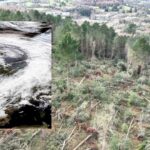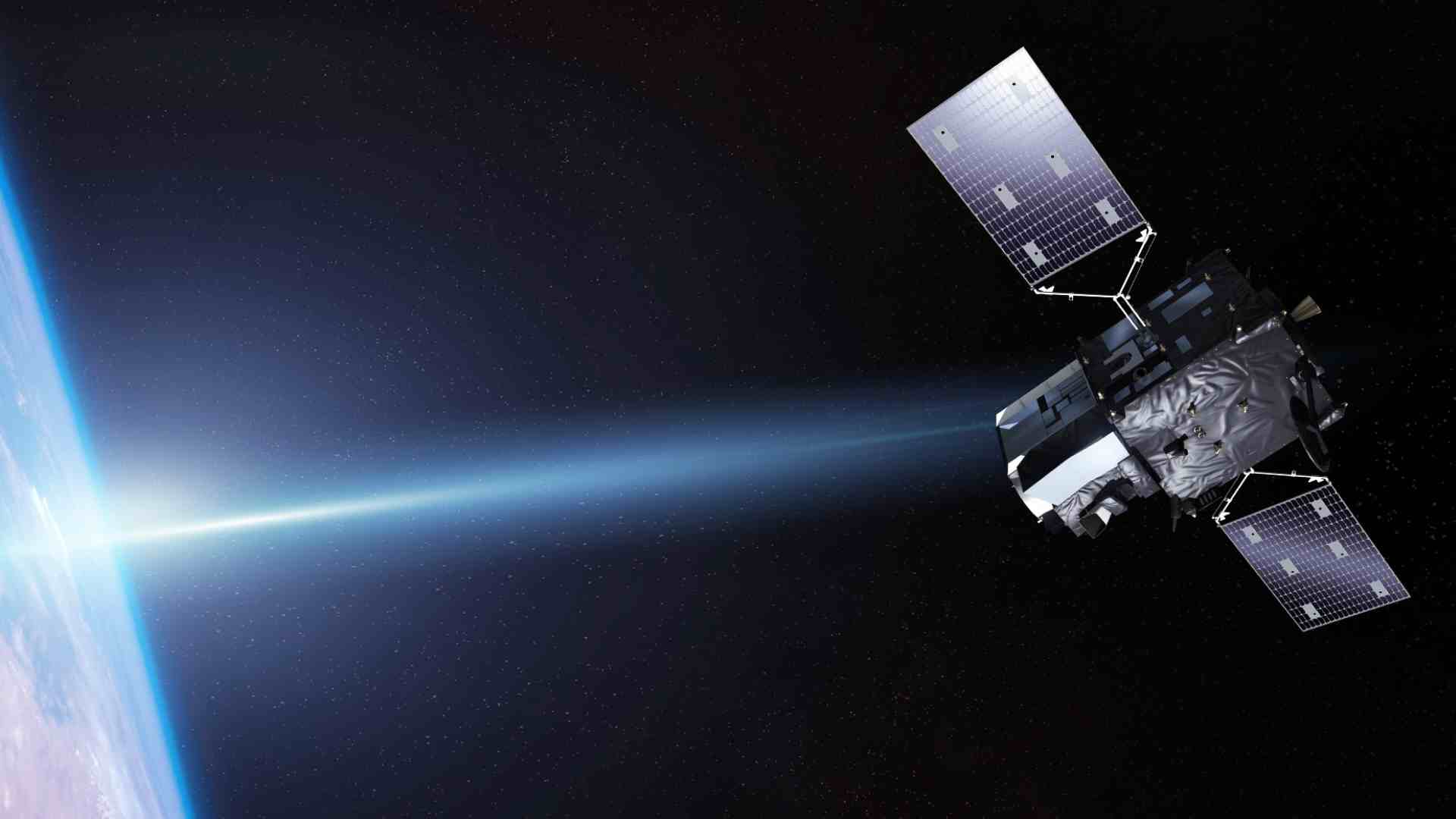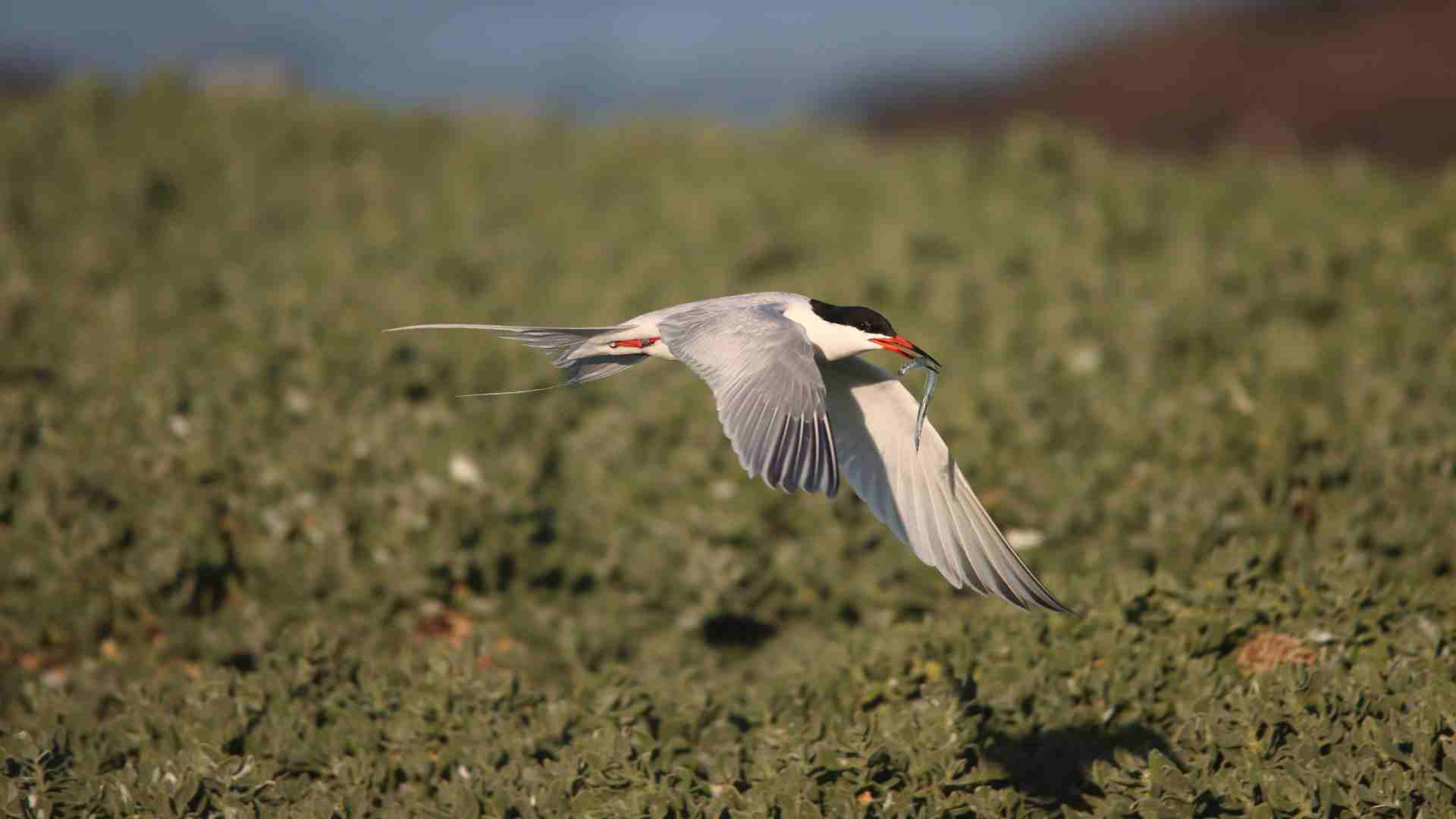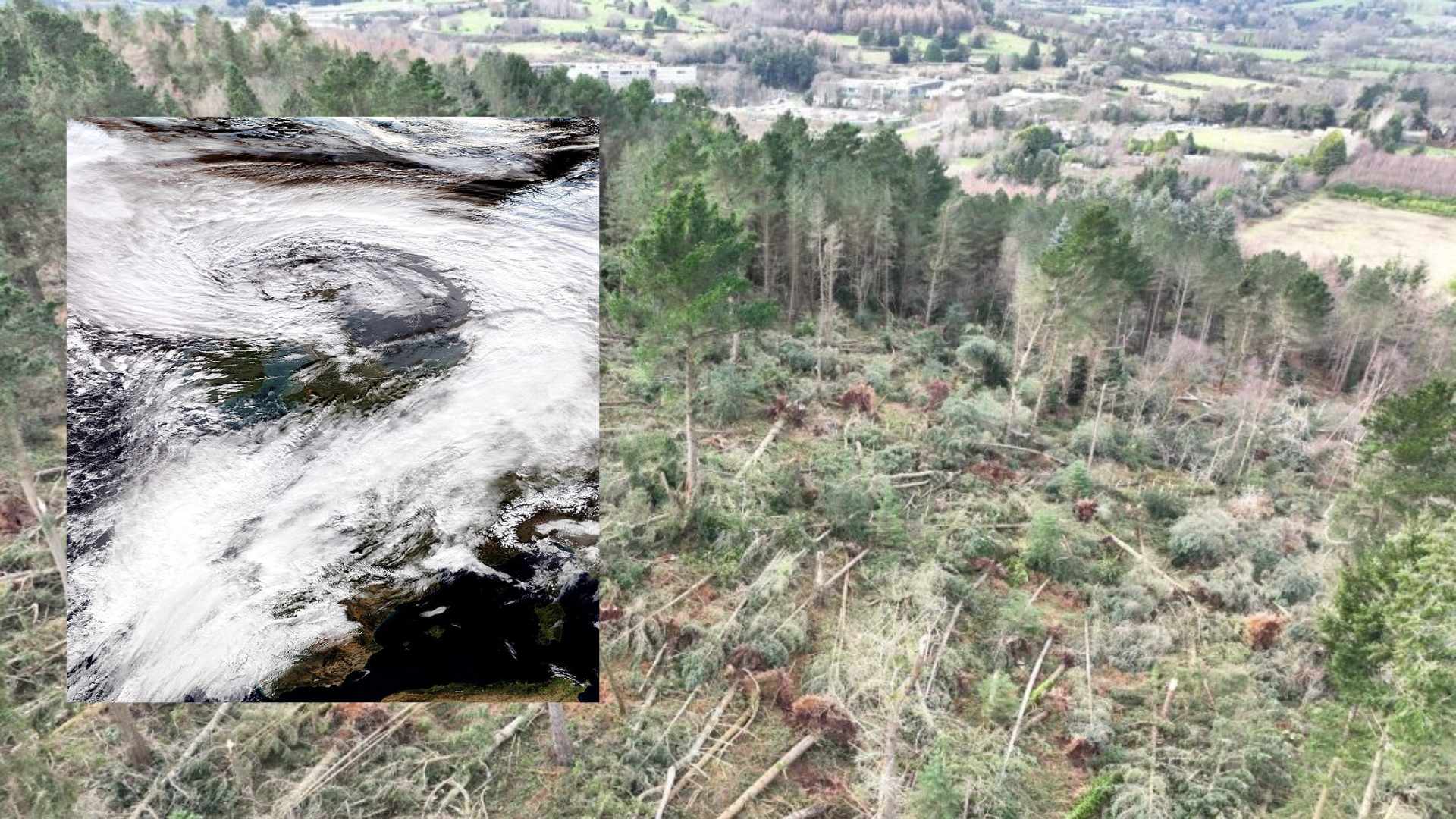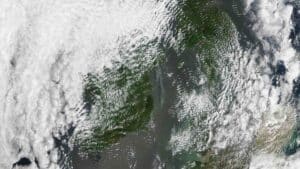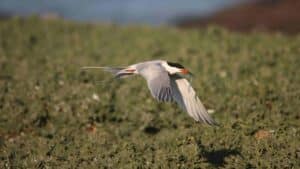
Research puts new ‘spin’ on trio of winter storms
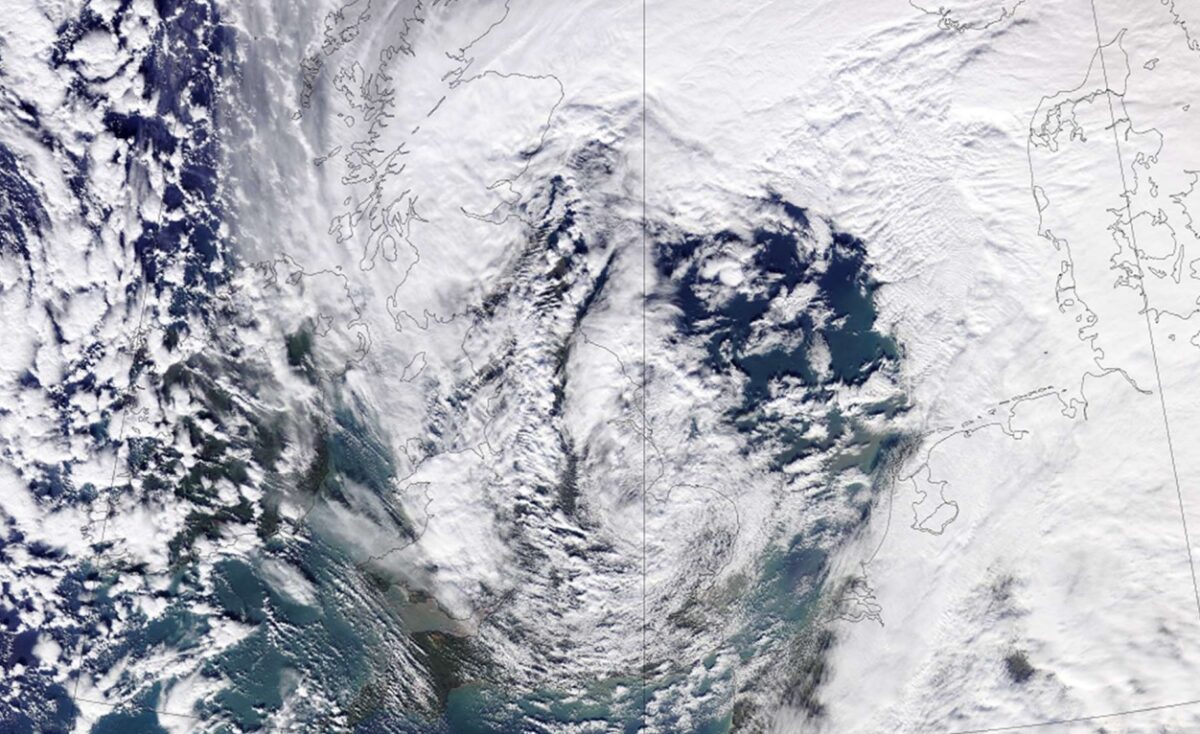
New research could help weather forecasters predict clusters of winter storms up to a month before they happen.
A study from the University of Leeds found that Storms Dudley, Eunice and Franklin, which all occurred within a week during February 2022, were made more likely by an intense swirling vortex of winds miles above the Arctic.
February 2022 was the stormiest month in northwest Europe since February 2014 with several named storms impacting Ireland, Britain and Scandinavia.
The 2022 winter season’s highest gust was reported at Mace Head in County Galway on 20 February with 75 knots (138 km/h) during Storm Franklin.
The storms formed part of a turbulent spell of wet and windy weather for Ireland and Britain, associated with a powerful jet stream.
A research paper published in the journal ‘Communications Earth and Environment’, claims that the stronger winds in the Arctic stratosphere could act as a tell-tale sign for forecasters looking at similar storm clusters happening again in the future.
The team of researchers compared seasonal forecasts from January 2022, which showed the unusually strong state of the polar vortex, with those which suggested it would be close to average strength.
Examining the properties of Storms Dudley, Eunice and Franklin in these contrasting forecasts allowed the influence of the SPV to be identified.
Project lead and Professor at the School of Earth and Environment, Amanda Maycock stated, “The stormy conditions and strong stratospheric polar vortex during February 2022 bare parallels to other periods, such as what occurred in February 2020 and even what we have seen at the start of this year.”
“Future work should investigate the connection we have found for other winters,” she added.

Lead author Dr Ryan Williams commented, “Our research demonstrates the need to better understand the different drivers of the North Atlantic storm track, such as the state of the stratospheric polar vortex that is potentially predictable several weeks in advance.
“Being able to provide early warnings of possible severe weather is all the more pertinent with climate change, as there is evidence that major winter storms will become more intense, exacerbating impacts such as flooding and wind damage,” concluded Dr. Williams.
Share this WeathÉire story:

